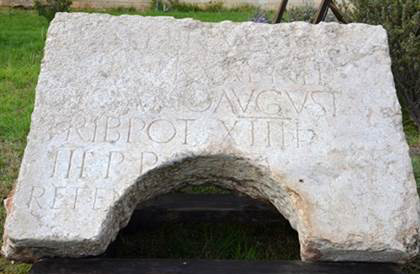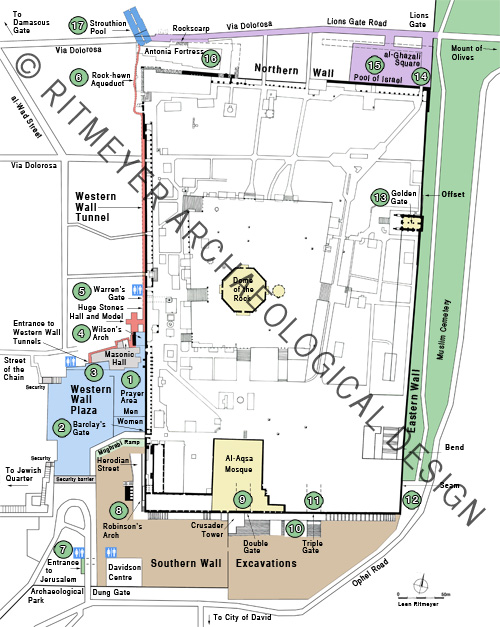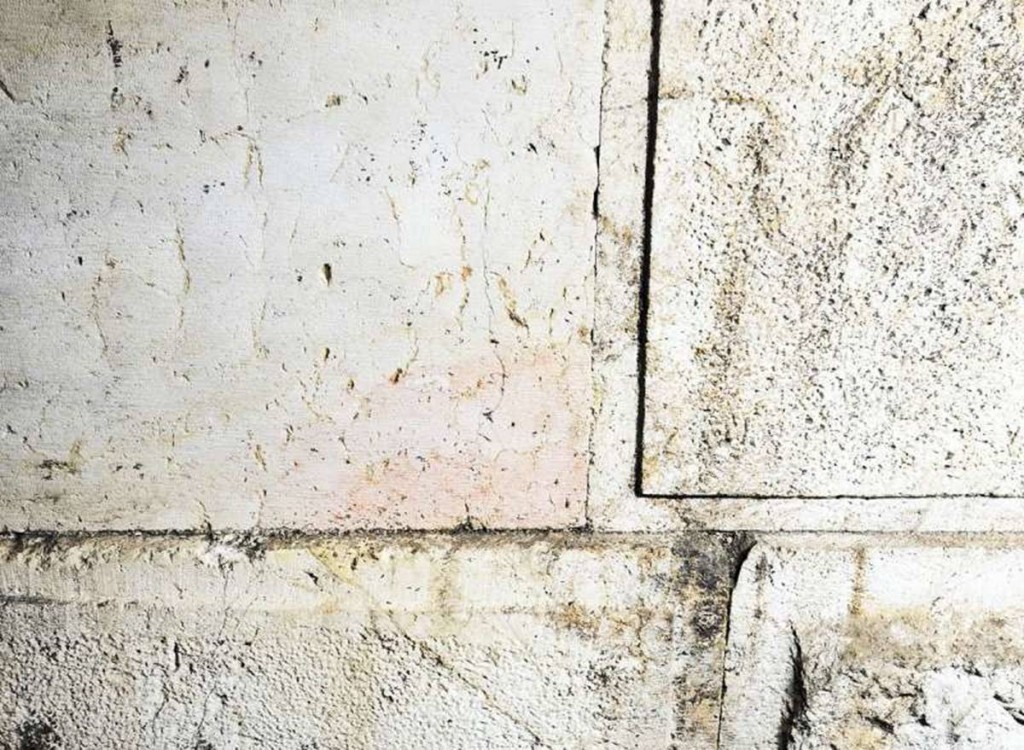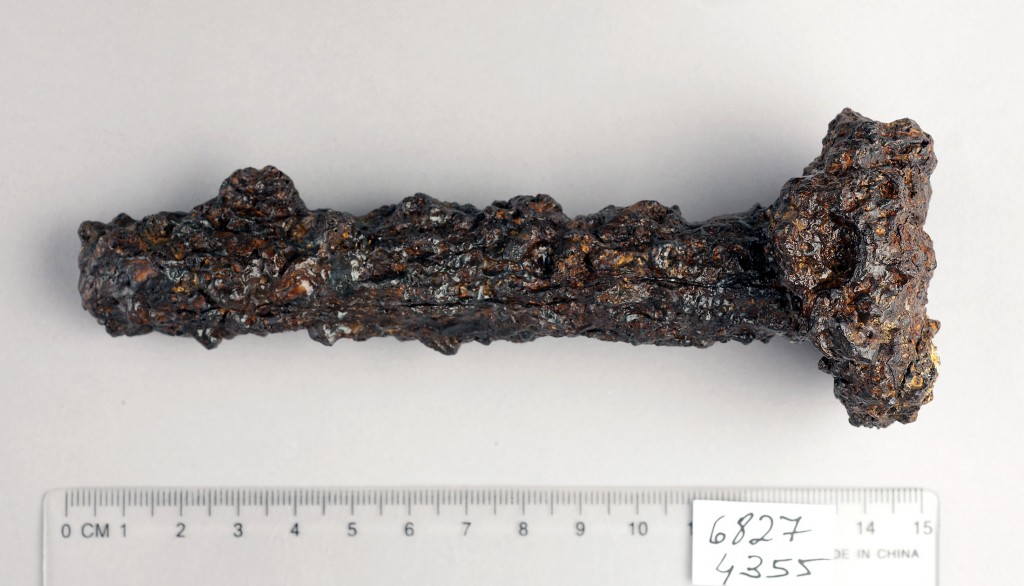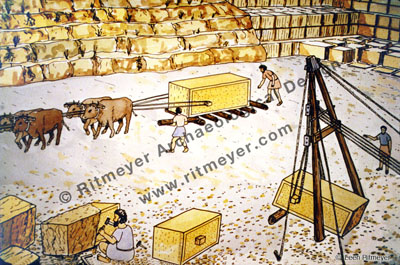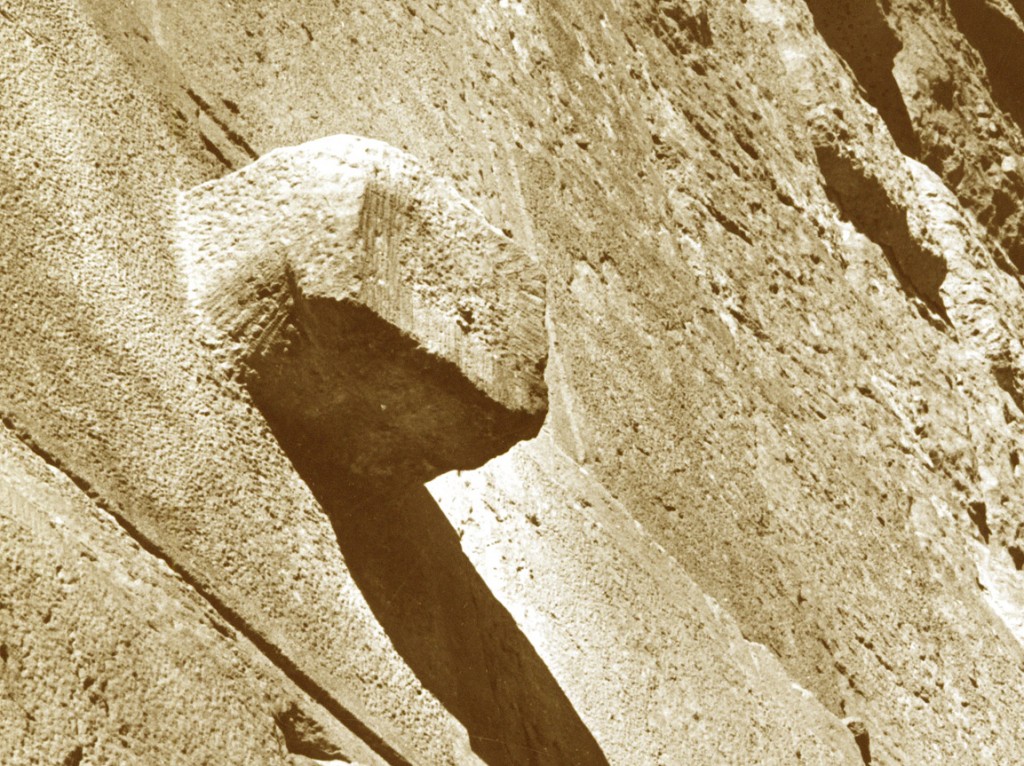The next drawing of Mount Moriah that was prepared for our new Temple Mount Guide Book (and now available in our Image Library) shows what the mount would have looked like in the Jebusite period. Araunah the Jebusite was the last pre-Israelite ruler of Jerusalem, or Jebus, as it was then called. At the end of the second millennium BC, the mountain was used for growing wheat and barley, as attested to by the reference to the threshing floor of Araunah in 1 Chronicles 21.15. After God had brought a plague on Israel, the angel of the Lord, who was about to destroy Jerusalem, told King David to build an altar on the threshing floor.

But where exactly was that threshing floor? Was it on the very top of Mount Moriah, i.e. on the Rock (Sakhra) now located inside the Dome of the Rock, or elsewhere? Many people believe the altar built by Abraham to sacrifice his son Isaac was situated on top of the Rock and that later the Temple altars were built there.
We have shown, however, that the Rock was the Foundation Stone for the Holy of Holies of Solomon’s Temple and all subsequent Temples and not the location of the altar.

We are told that the angel in 1 Chron. 21.16 was standing on higher ground, between heaven and earth as it were. That place was most likely the peak of Mount Moriah and the subsequent sanctity of the Rock is therefore derived from the presence of the angel.
The threshing floor must have been on lower ground to the east, to exploit the prevailing westerly winds to separate the chaff from the grain. Threshing floors are never located on the very top of mountains, as the strong westerly wind would blow away both chaff and grain, but always on lower ground, usually on the eastern side.
Jewish tradition maintains that David’s altar was built (c. 980 BC) on the same place that Abraham had erected his altar in preparation for the sacrifice of Isaac, before God intervened. Based on the relationship between Herod’s Temple and the Rock inside the Dome of the Rock, the altar would have been located just east of the Dome of the Chain, as depicted in this photograph:

The first drawing of Mount Moriah appeared here.
The next drawing in this series is the Temple Mount during the time of Solomon.



